Remarkable. Unique. Generous. Quirky. These are just a few of the adjectives that regularly pop up in descriptions of Carol Highsmith. “And don’t forget ‘a little bit crazy,’” adds the 76-year-old veteran photographer just before she breaks into one of her trademark guffaws. “I’ve had more than a few people describe me like that, especially after I explain how I’ve made a living for the last 40-some years.” For good reason.
While Highsmith has been crisscrossing the United States making hundreds of thousands of photos since the 1980s, she’s given most of those images away, copyright- and royalty-free, to the Library of Congress. That’s free—as in on the house. No charge. Gratis. “Never charged them a penny,” she says, punctuating her response with another laugh. “You know, I guess it does sound a little bit crazy, doesn’t it?”
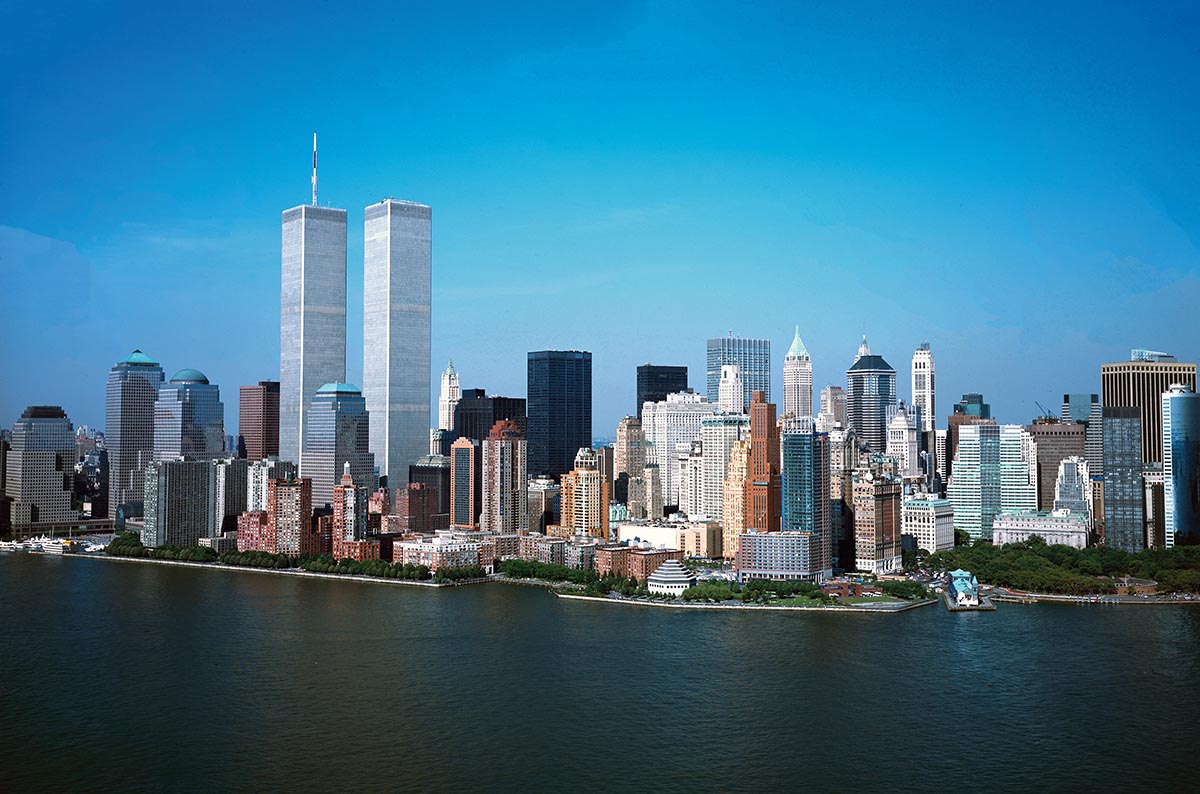
Accidental Inspiration
The Carol M. Highsmith Archive at the Library of Congress, the Washington, D.C., institution dubbed America’s Memory, consists of more than 70,000 of Highsmith’s photographs documenting small-town scenes, national parks, historic homes, festivals, and much more from every one of the nation’s 50 states.
“Carol’s photographs make up a breathtaking, comprehensive, and passionate collection of Americana across the whole of the country,” says Helena Zinkham, director for collections and services and chief of the Prints and Photographs Division of the Library of Congress.
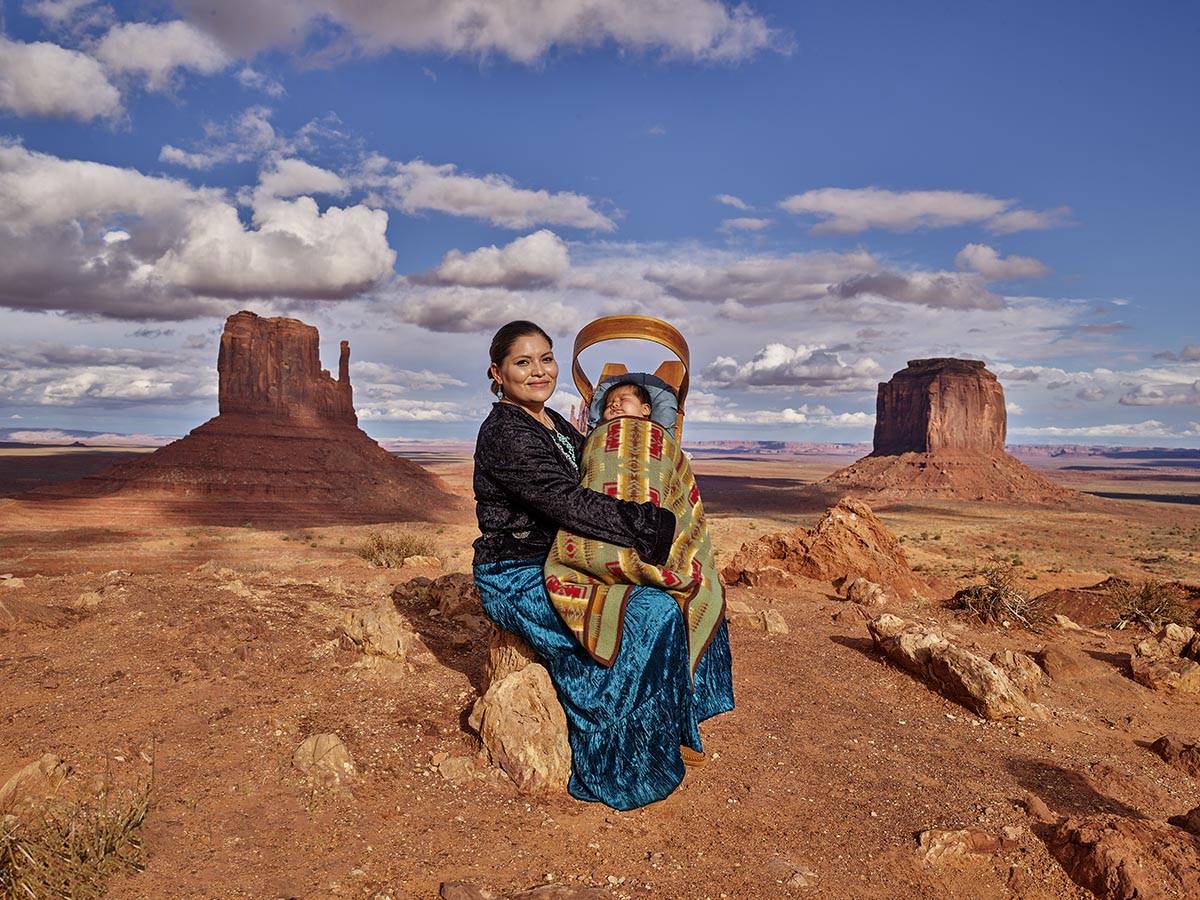
“We are thrilled to have her work because it fills an enormous gap that is available—free of charge—to the public. One can imagine viewers a century from now looking at her pictures and marveling at the way the nation used to look, much as we do today with other photographers in our collection such as Mathew Brady or Dorothea Lange.”
As she sits in her cozy 1910 Victorian home in Hagerstown, Maryland, Highsmith, just back from one of her frequent photography trips, explains how she came up with the idea to donate her work to the Library of Congress. “While studying photography at the Corcoran School [of the Arts and Design], I was shooting a model for a class assignment in the decaying, long-abandoned Willard [InterContinental] Hotel, in Washington, D.C., two blocks from the White House,” she explains. “I liked the tumbledown hotel and shot there often. One day a restorer showed me a bunch of yellowed pictures from 1901 that he had found of the Willard in all its glory. They were taken by the photographer Frances Benjamin Johnston and were housed in the Library of Congress. They intrigued me.”
“I visited the Library and was astonished to discover that this amazing woman had left some 50,000 of her images to the Library of Congress and, therefore, to the nation. I fell in love with her life story, her work, and her generosity. I was hooked.”
Highsmith smiles as she remembers telling the staffers at the Library of Congress that she wanted to emulate Johnston. “I told them I would follow in her footsteps to document life across America. And, like her, I would donate my images to the Library. One of the curators patted me on the head as if to say, ‘That’s sweet,’ and sort of dismissed me.” However, as she notes today, “Looking back, this was the moment I found my life’s mission.”
That chance discovery of the Willard images led to Highsmith’s lifelong love affair with the work of Frances Benjamin Johnston and her desire to emulate her. Highsmith became a commercial photographer in Washington, D.C., and specialized in architectural photography. But she never lost her dream of becoming what she terms, “a visual documentarian.”
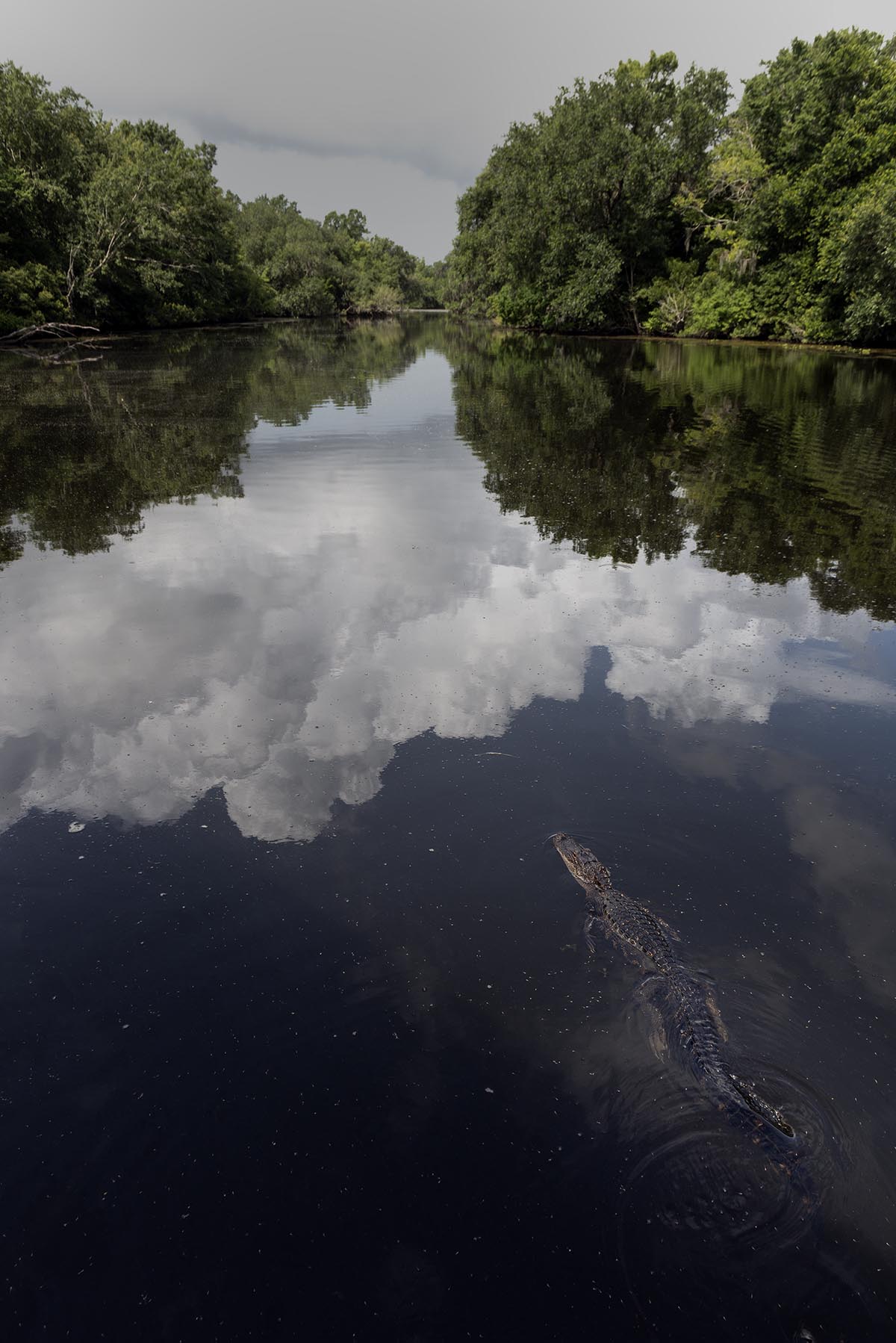
One of her first books, “Pennsylvania Avenue: America’s Main Street,” was published by the American Institute of Architects Press in 1988. She was later contracted by Random House to create a series of travel photography books on various states and regions of the United States. She published her own book in 1988 on the refurbishment of Union Station, and it was a big seller.
Finally, in 1992 she donated 500 images she’d made across the country to the Library of Congress. “Now they were taking me seriously,” she laughs. “I signed a contract, a gift agreement, with the Library giving it full rights to offer my work copyright-free.”
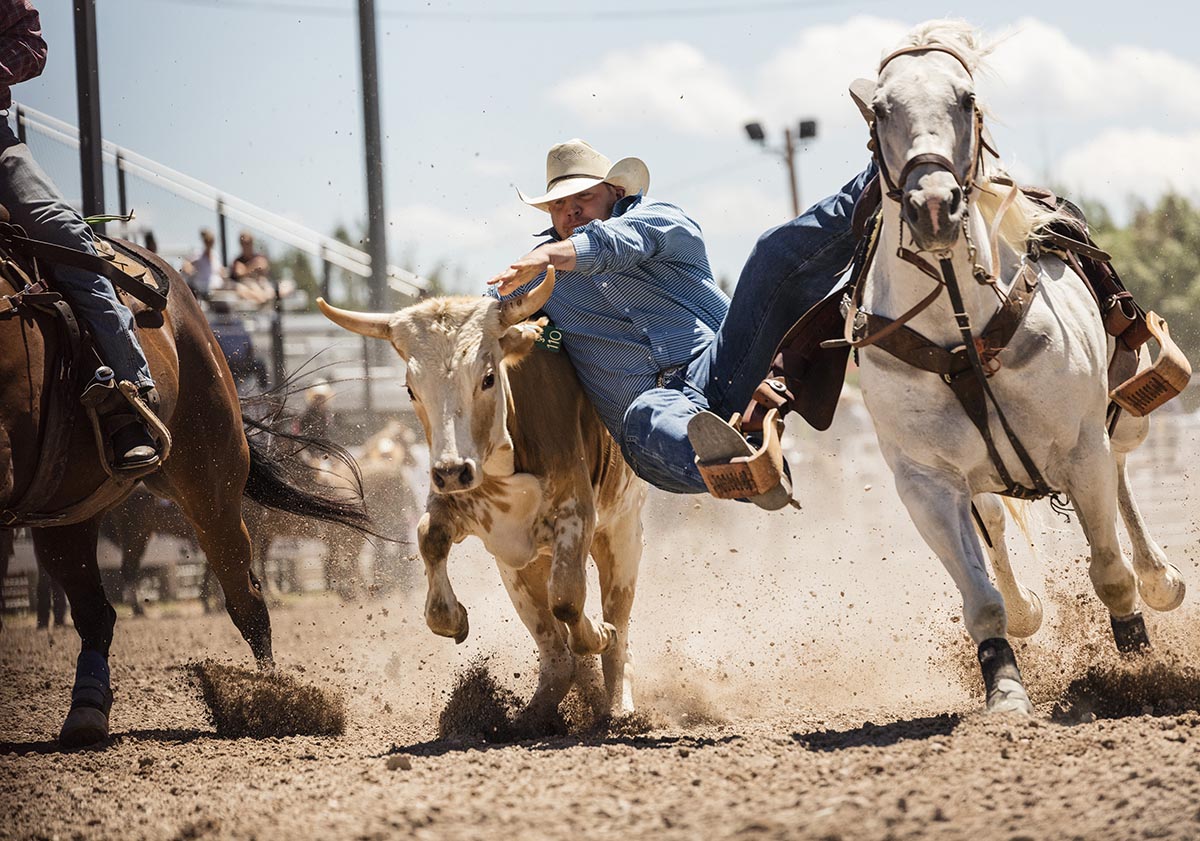
Road Warrior
For decades, Highsmith has traveled the nation, driving 20,000 to 40,000 miles a year, photographing thousands of places, historic buildings, events, and people. She and her husband spend as much as eight months a year on the road for her work.
“From day one, I realized my mission was not to make statements with my images or to make art but to document what I was seeing,” she says. “My work may not be fine art, but it is clean and clear and exactly what I saw.”
As Helena Zinkham notes, “Carol is a serious photographic talent, and her collection is unique in that it shows the commonality across the country.”
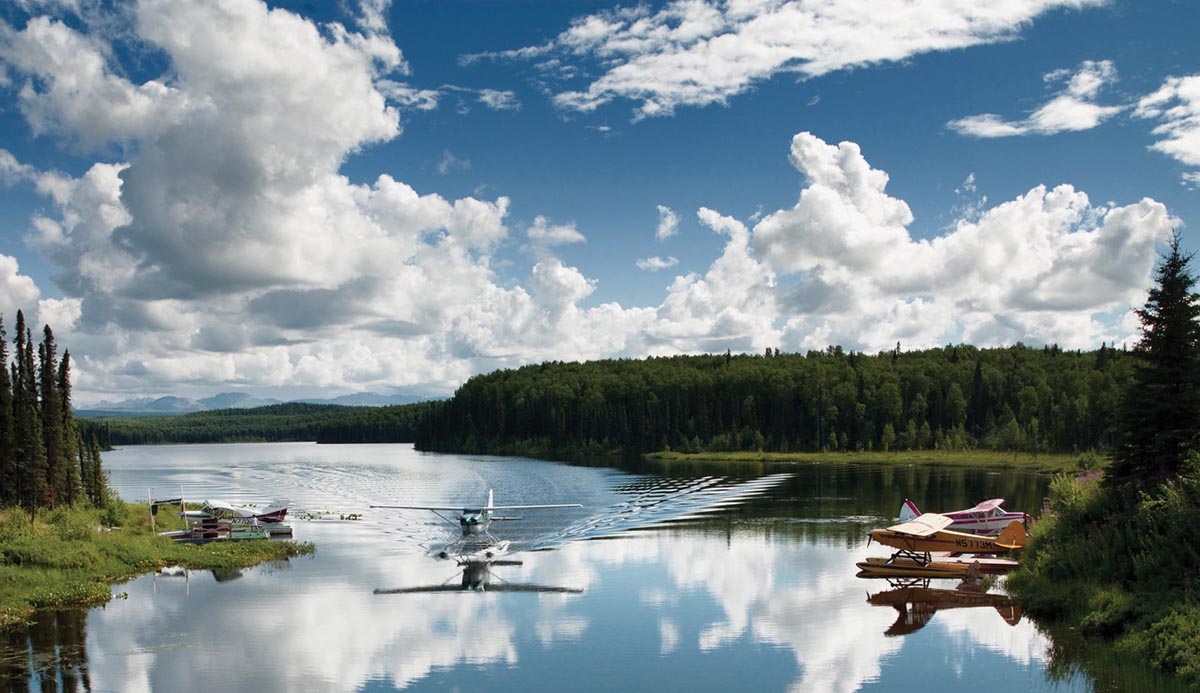
Highsmith, with her Phase One IQ4 in tow, rarely introduces herself as a photographer working for the Library of Congress but relies on her aw-shucks Midwestern personality to open doors. “I never come to a town thinking I am a big deal. My attitude has always been, isn’t America wonderful, and aren’t I lucky to be documenting it?” she says.
To fund her peripatetic expeditions, Highsmith has used her well-honed salesmanship skills to convince foundations, charitable organizations, and philanthropists to finance her work. She’s received grants from the National Endowment for the Arts and the Annie E. Casey Foundation as well as a wide range of private donors. And she has ongoing assignments from governmental bodies such as the U.S. General Services Administration. “Carol is as talented a salesperson as she is a photographer,” says Zinkham. “She is able to convey to people the importance of her work in ways that are inspiring.”
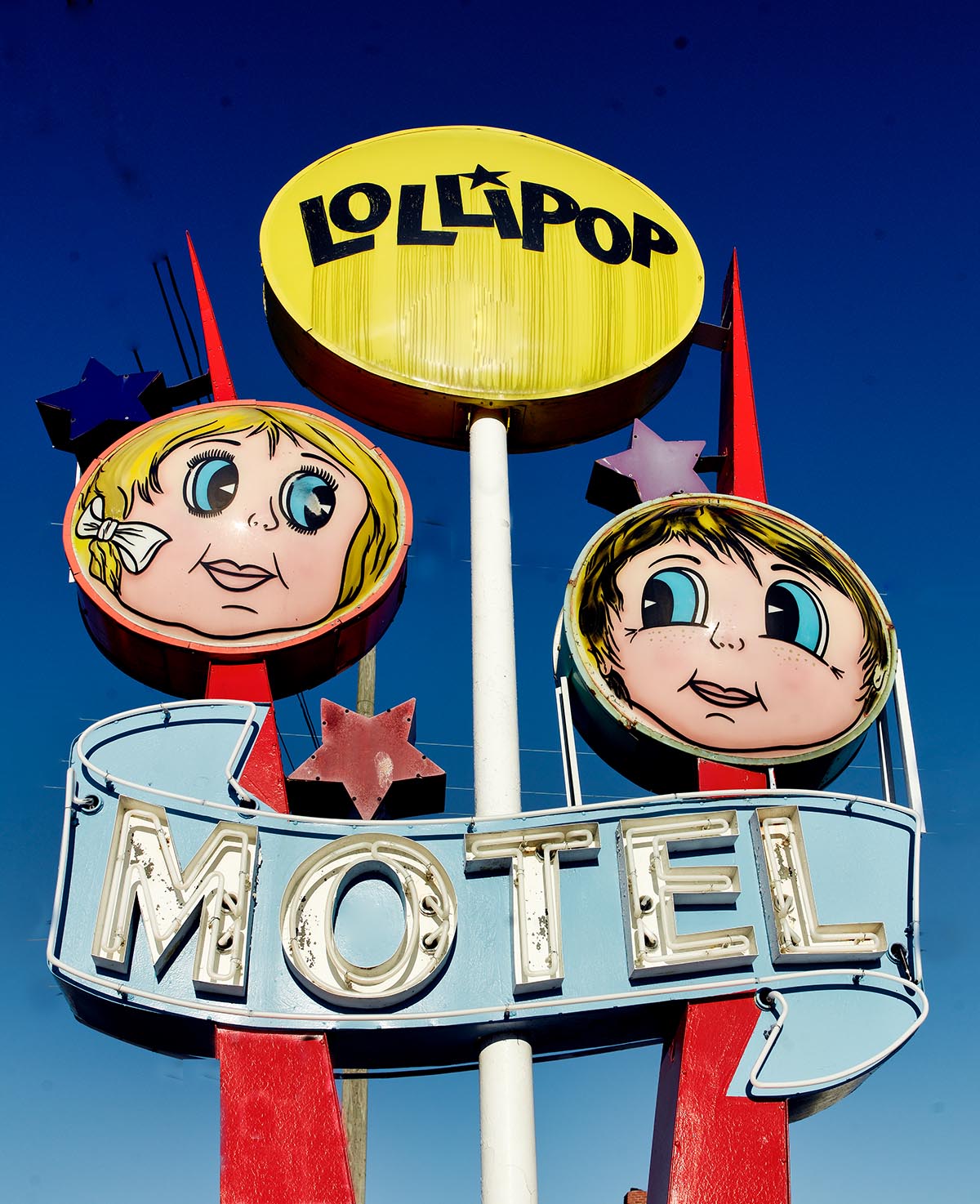
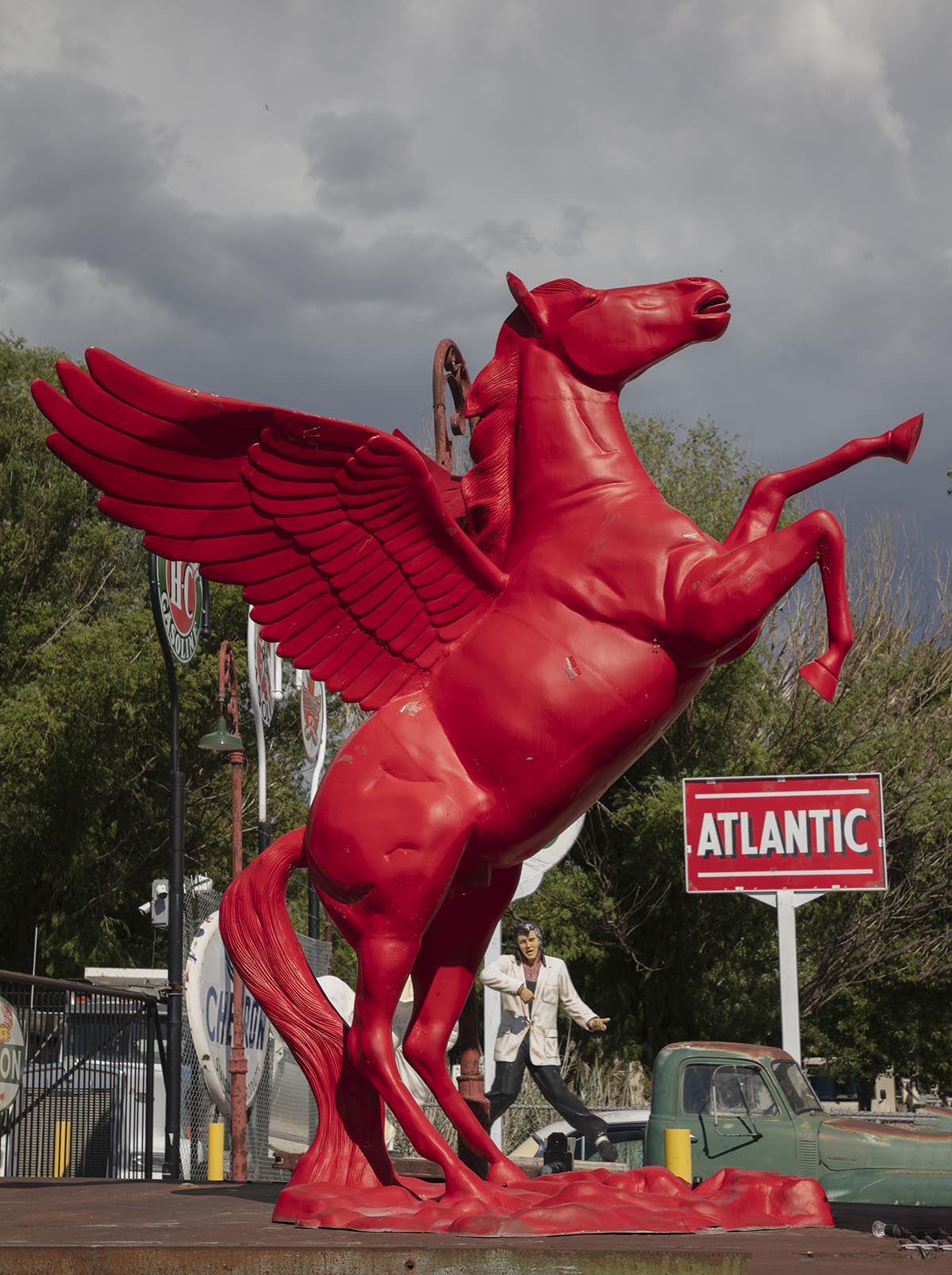
As She Sees It
What’s ahead for the much-traveled, seemingly tireless, visual documentarian? “More travel, more work,” she answers with a laugh. “I never stop. I hope to have 100,000 images in my Library of Congress collection when I finish. My husband and I are off to Hawaii and Alaska soon. Then there’s another book, maybe a TED Talk, more interviews, more speeches. ... You know, I really believe in what I am doing. I think there is no better person than me to talk about how wonderful the USA is. Because I have seen it all. But it’s not about me or my legacy. It's about us. It is about this wonderful nation’s legacy ... documented for the ages.”
After a long pause, she adds, “I feel I have the most important project on earth: to tell Americans that we need to appreciate what we have. And to realize how blessed we are.”
Robert Kiener is a writer in Vermont.

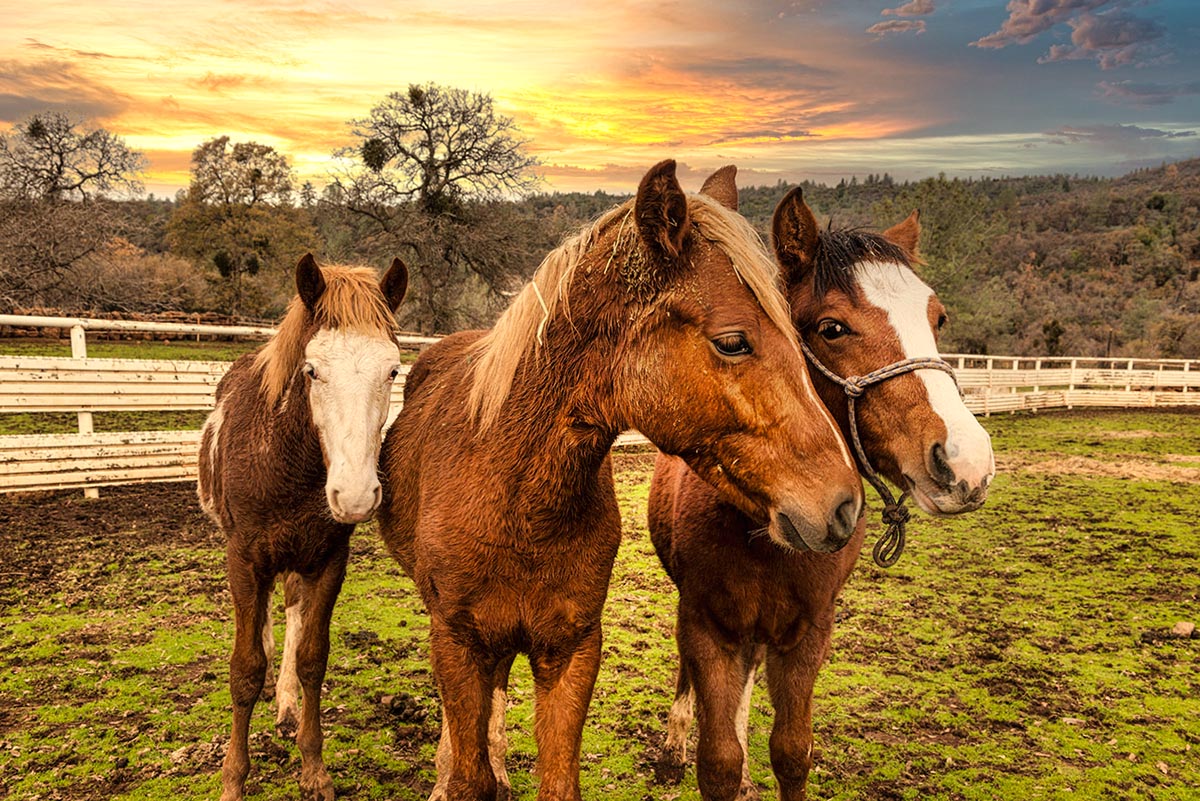
 View Gallery
View Gallery


